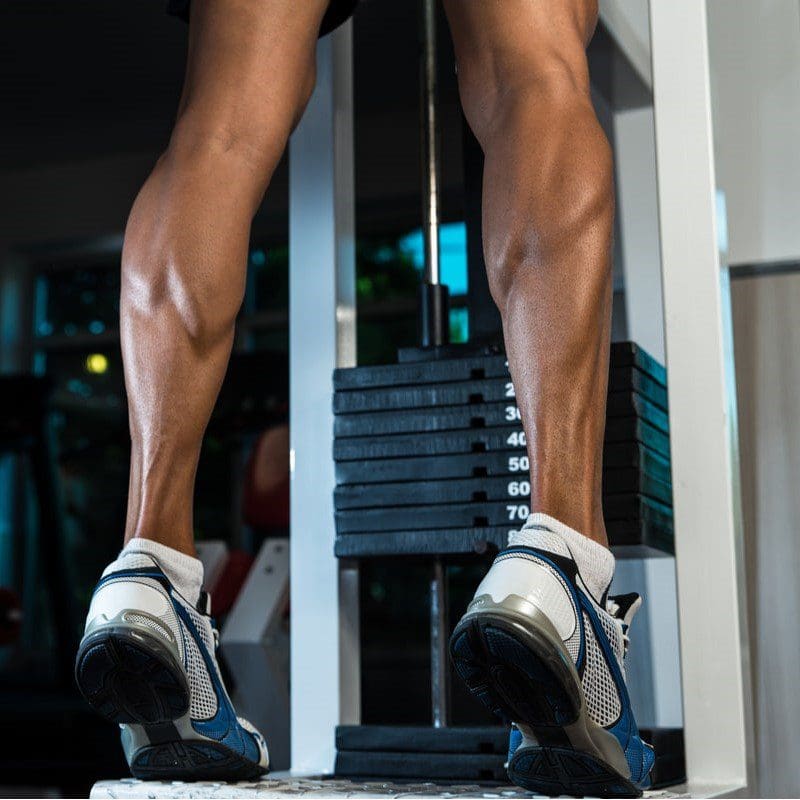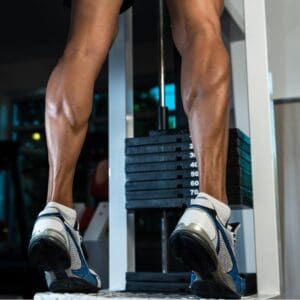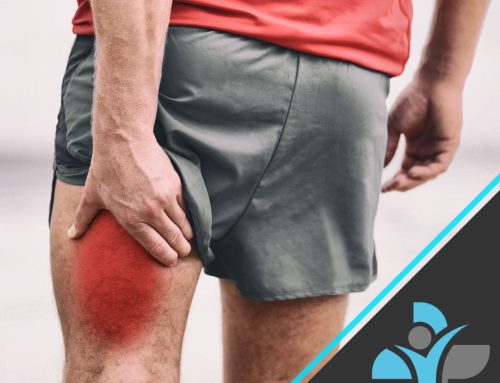
Calf Rupture
Overview
Calf muscle injuries are relatively common, particularly among athletes and individuals who engage in physical activities that put a lot of stress on the lower legs. Runners, soccer players, basketball players, and jumpers are some examples of athletes who are at increased risk of calf muscle injuries.
The severity of calf muscle injuries can vary, with some being minor strains and others resulting in complete tears of the muscle. The extent of the injury can impact the length of time it takes to recover and return to physical activity.
In terms of the general population, calf muscle injuries can occur in people of all ages and fitness levels, not just athletes. Individuals who engage in physical activity after a period of inactivity or who have tight or weak calf muscles may be at increased risk of calf muscle injuries.
Anatomy
The “calf” is a term used to describe the group of muscles located on the back of the lower leg. This region is comprised of three specific muscles: the gastrocnemius, the soleus, and the plantaris.
The gastrocnemius is a key player in the movement of the ankle and knee, providing plantarflexion of the ankle joint and flexion at the knee joint. When the knee is bent, however, the gastrocnemius cannot exert its full power at the ankle joint and vice versa.
The soleus, located beneath the gastrocnemius, is responsible for plantarflexion of the ankle and stability of the tibia on the calcaneus. The plantaris, located in the posterosuperior compartment of the calf, acts as a flexor of the knee and a plantar flexor of the ankle, but is not considered a major contributor.
All three of these muscles converge at the achilles tendon, which inserts into the calcaneus. Together, they form the powerful calf region of the lower leg.

Symptoms
- Pain and tenderness in the calf region
- Swelling and bruising
- Weakness or instability in the affected leg
- A popping or tearing sensation at the time of injury
- Difficulty walking or bearing weight on the affected leg
Causes
The cause of calf muscle injuries is typically due to overuse or excessive strain on the muscles. This can be the result of a sudden movement, such as jumping or sprinting, or due to gradually increasing the intensity of physical activity. Other factors that can increase the risk of calf muscle injury include tight or weak calf muscles, poor footwear, and a sudden increase in physical activity after a period of inactivity.
Diagnosis
Diagnosis of a calf muscle injury is typically based on a physical examination and medical history. Additional tests, such as MRI or ultrasound, may be necessary to confirm the diagnosis and assess the severity of the injury.
Treatment
Treatment for calf muscle injuries depends on the severity of the injury and the individual’s specific needs. Common treatment options include:
- Rest and elevation of the affected leg to reduce swelling
- Ice therapy to reduce pain and swelling
- Physical therapy to improve strength and flexibility
- Bracing or taping to support the calf muscle during healing
- Pain medication to manage pain
- In severe cases, surgery may be necessary to repair a complete tear of the calf muscle.
Recovery from a calf muscle injury can take several weeks to several months, depending on the severity of the injury and the individual’s overall health. Physical therapy and rehabilitation exercises can be instrumental in promoting proper healing and restoring strength and flexibility to the calf muscle
Exercises
If you have suffered a calf muscle injury, it is important to follow your doctor or physical therapist’s recommended treatment plan. However, there are several exercises that can be beneficial for promoting proper healing and strengthening the calf muscles following a calf muscle rupture. Here are a few exercises that are commonly recommended:
- Calf raises: Stand on the edge of a step and slowly raise and lower your heels to strengthen your calf muscles
- Toe raises: Stand on the edge of a step and raise your toes as high as you can, then lower them slowly to target the soleus muscle in the calf
- Eccentric calf raises: Stand on the edge of a step and lower your heels slowly, taking 3-5 seconds to complete the motion. This exercise places a greater emphasis on the eccentric (lowering) portion of the calf raise, which can be particularly beneficial for strengthening the calf muscles after injury
- Stair stepping: Walk up and down stairs, focusing on pushing through your heels with each step to engage your calf muscles
- Heel walking: Walk on your heels for several minutes to target the gastrocnemius muscle in the calf
It is important to start slowly and gradually increase the intensity and duration of these exercises as recommended by your doctor or physical therapist. Incorporating these exercises into your rehabilitation program, along with rest and proper care for your injury, can help you regain strength and reduce the risk of further injury to your calf muscles.
Prevention
- Stretch regularly: Regular stretching of the calf muscles can help improve flexibility and reduce the risk of injury.
- Get a regular sports massage to help lengthen the muscles, stimulate repair and quality blood flow.
- Strengthen the muscles: Incorporating calf strengthening exercises into your routine can help improve the overall strength and stability of the muscles. If you are unsure how to do this, contact a certified personal trainer.
- Gradually increase physical activity: When starting a new exercise program or increasing the intensity of your current routine, do so gradually to allow your muscles time to adjust and reduce the risk of overuse injuries.
- Wear proper footwear: Wearing shoes with adequate support and cushioning can help reduce the risk of calf muscle injuries.
- Avoid sudden changes in terrain: Sudden changes in terrain, such as running on an uneven surface, can place added stress on the calf muscles and increase the risk of injury.
- Warm up before physical activity: A proper warm-up can help increase blood flow to the muscles, reduce the risk of injury, and improve performance.
If you are unsure about any aspect of the above article and would like to speak to a professional sports therapist or physiotherapist, then please get in touch via our contact page.



